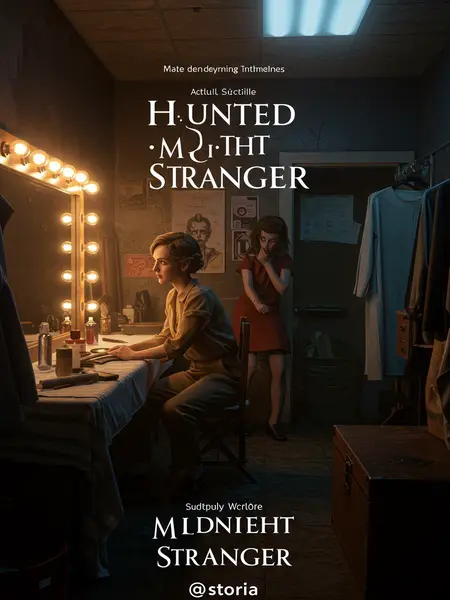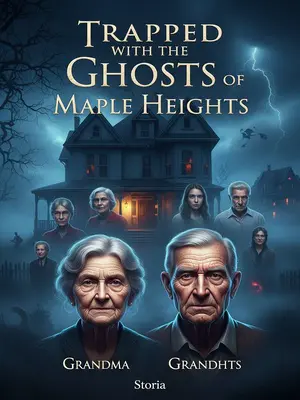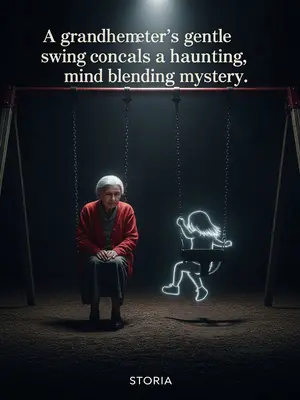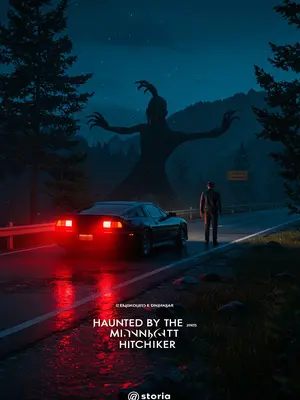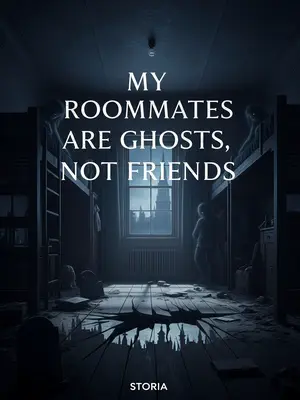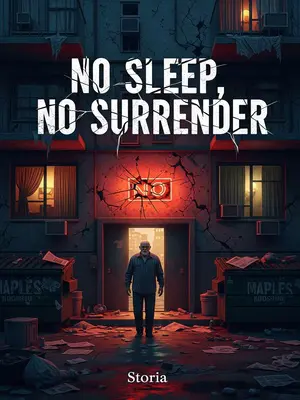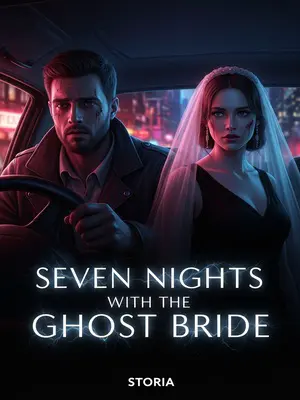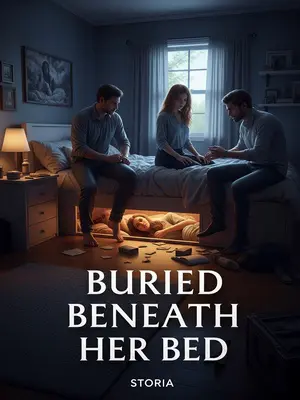Chapter 1: The Secret History of Bureau 749
What happened in Chicago in 1956—the real story, not the movie—still makes old theater hands shudder over midnight coffee.
The chilling truth behind the film "Song at Midnight" was so unnerving, even Hollywood only dared to show half of it—like the silver screen itself flinched away from the whole nightmare. To this day, stage managers swap the story in hushed voices after closing, always glancing at the shadows just beyond the spotlight.
Ask around City Hall, and you’ll hear whispers about Seven Forty-Nine—never by its real name, always with a nervous glance over the shoulder. That’s the Unconventional Incident Response Division, or as insiders call it, Bureau 749. The agency’s official title is buried in classified files; only the initiated know it, and even they prefer the code. Some say the name’s a joke, others say it’s a warning. Either way, you don’t ask twice.
Before we get to the events of ’56, it helps to understand how these secret departments grew out of American history:
The history books might be quiet on this, but silence doesn’t mean absence. Dig deep enough—past the textbooks and into the archives—and you’ll find hints: centuries ago, even during colonial times, America had a shadowy institution handling supernatural oddities. This agency, stretching from Boston to Savannah, answered to the Office of the Astronomer General.
Picture Boston’s cobblestone alleys slick with rain, lantern light flickering in the window of a brick meetinghouse, horse-drawn carriages rattling by. Beneath the surface, behind the formalities of colonial life, an unseen bureaucracy hummed. Pinkertons would later earn their legend, but they never matched this outfit for secrecy. The lowest rung was called a Watcher, and if you combed through old census records, you’d spot their families listed not as farmers or merchants, but as "Watcher Household"—a quiet footnote, but vital.
According to what little survived, the Watcher Household system started around the time of the American Revolution. In 1775, the Continental Congress—borrowing from the British—set up the Office of the Astronomer General, responsible for calendars, stargazing, and the spiritual unknown. Benjamin Franklin himself got the nod as the first director.
The "Journals of the Continental Congress" read: "On the day of July 3rd, the Office of the Astronomer General was established, the Astronomer General was appointed, along with subordinate officials such as Deputy, Clerk, Junior Astronomer, Watchman, and Assistant, in charge of the calendar and supervision. Benjamin Franklin was appointed as Astronomer General."
It wasn’t just one of the Founders’ odd ideas. For two centuries, through wars and the wild ride west, this secret office tagged along—sometimes quiet, sometimes rushing to the scene. The men and women inside did everything from charting the stars to making sure the calendar matched the harvest, but they were also the first line of defense against things that didn’t fit the rules.
Early on, the job of Astronomer General was central—Jefferson even took a turn overseeing the role. After the Civil War, the record-keeping jobs got peeled off, leaving the office in charge of calendars, weird weather, and things that went bump in the night.
As the country boomed through the Gilded Age and into the Roaring Twenties, the government tried to tidy up the old ways. The Bureau of Astronomical Affairs became the Secretariat Pavilion—the name sounded more like a horse stable than a federal agency, and even the senators joked about it. Eventually, it got tucked into the Department of the Interior, lost among mineral surveys and national parks. By the time it was called the Office of Astronomical Oversight, hardly anyone remembered what it really did—except for those who needed it most.
For generations, the agency in charge of strange happenings in America barely changed. Until the twentieth century, it always reported straight to whoever kept track of the stars and the seasons.
When the new century dawned, the Office of Strategic Services (OSS) took over. Specifically, the Second Section, Second Division, Second Group—an outfit that specialized in secret societies, religious affairs, and anything that made the hair stand up on the back of your neck.
The OSS, for all its cloak-and-dagger bravado, kept a wall chart in D.C.—lines and code names everywhere, but one section circled in red for the truly weird cases. New recruits laughed about it at first, but after a few months, no one joked when their assignment slipped into that zone.
This, then, is the backdrop to Bureau 749’s creation. We’ll come back to the Watchers at the end. For now, remember: Watchers weren’t priests or scientists, politicians or ordinary folk. They were America’s official ghost-catchers, dispatched wherever things got strange. Their families had their own registry, their own rules, and a peculiar spot in American society.
Some townsfolk said you could always spot a Watcher by the way they never lingered in church, and always carried a silver coin in their pocket. Your grandmother might call them "spook chasers" under her breath, never quite meeting their eyes at the market. They had secret codes and handshakes, and more than one old-timer would swear you could pick them out by the way they checked over their shoulder, always looking for something just out of sight.
